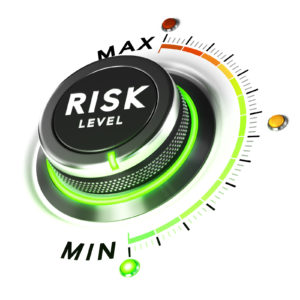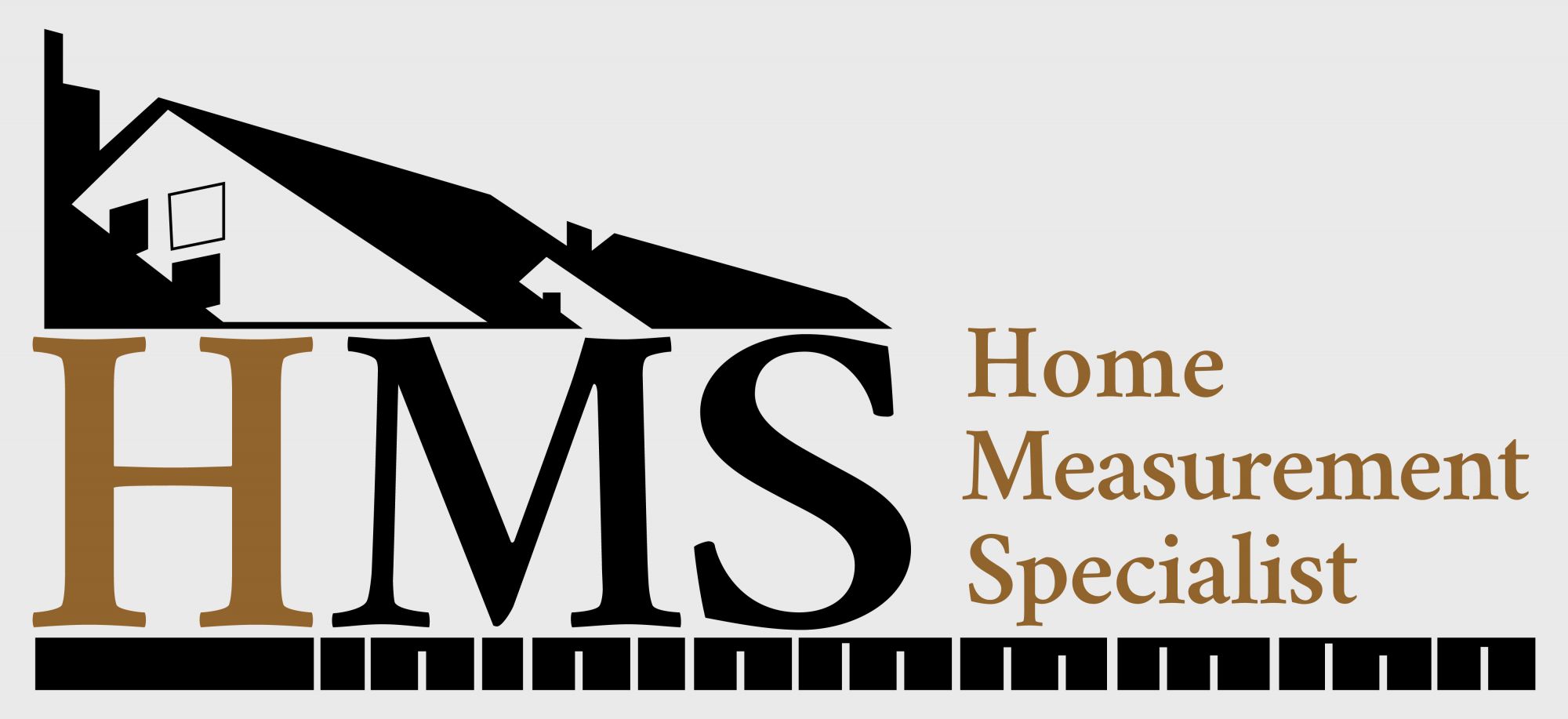Let’s talk about walk through inspections, measuring homes, and completing all aspects of an appraisal assignment we put our signatures on. We can all see the ever growing wave of Hybrid Appraisal products. So, let’s talk about the one number at the start of every valuation. We live in a price-per-square-foot world. These numbers the new inspectors collect will be at the heart of every appraisal. We can’t use a Licensed Trainee, that we know and have trained, but we should trust this unlicensed and barely trained person for the information which we will ultimately base our value and then sign? No matter how many disclaimers and disclosures we write, at some point any valuation problems will come back on the appraisers.
And in these inspections, what about little things like functional utility (which most agents have never heard of), and will they understand the importance of things like room counts and above and below grade? How will they know which sun rooms should be included in the GLA? What about detached spaces? If you look through MLS you can find lots of interesting spaces listed as total finished square footage, and these are the people we are going to rely on to bring us accurate data?
If the inspectors get it wrong, who will it really hurt? Who do hybrids really help? Lots of opinions on those questions. We are being force fed a blind faith in big data that big banks think we can’t understand, the public can’t understand, and they can manipulate any way they want with no one the wiser. Hybrids ultimately give lenders more power and appraisers less. It gives consumers and mortgage investors more risk; unnecessary risk.
When most appraisers take pre-licensing classes, they learn the very basics of measuring square footage. Agent courses teach far less than appraisal courses and the topic of square footage is barely mentioned. In a business that focuses on price-per-square-foot, they don’t consider how to calculate a square foot a very important topic. I’m always amazed at the agent classes, even the advanced CMA classes, they hardly mention the topic of square footage. It’s as though they have accepted the myth that Public Records provides the “Official Record” for square footage. Absolutely wrong! AVMs rely heavily on this data knowing it is filled with errors.
Learning to calculate the living area is a learned skill. It only comes with experience and knowledge. Should I really trust a real estate agent who knows very little about square footage to provide me with a number I use to determine a value, and to which I will place my signature? Sure, I used to do some 2055 reports and used the sqft from tax records, and I cringed every time I sent one out. But, if a large margin of error was acceptable to the lender, then why should I not do the work? At that time, I charged $50.00 less to do a 2055 versus a 1004. Think about that. Time is money, right. Are appraisers being turned into an hourly paid service that anyone can do, or are we professionals with valued opinions? It certainly depends on who you ask these days.
I have studied tax records, MLS systems, and the influence of sqft errors on home values for over 15 years now. I can tell you with absolute confidence that inaccurate sqft details harm home values and consumers. Just look at Zestimates® and every real estate professional having to explain why they are not reliable these days.
Are there times when a bank doesn’t need a full appraisal? Absolutely. If a 30-50K margin of error on the appraisal is okay then I say by all means allow lenders to use Hybrids or AVMs. However, if I am buying a home, regardless of whether it is $100,000 or $800,000, I deserve to know the fair value. If banks actually were required to service the loans they write, would they be more concerned with accurate values? Of course. A mortgage investor, just like a home buyer, deserves to know the real value and no computer can provide that. Its just the facts of the real estate business. It is NOT a data perfect business where a computer program can calculate precise values. Never has been and never will be.
At the end of all discussions, Hyrbid appraisals can never perform the same level of quality as a traditional appraiser. But, if that’s what lenders want, lets give it to them. So yes, please send your inspector out and provide me all the data you want. My opinion of value is worth a minimum of $350. To $400.00. I’ll be happy to reduce my fee. Computers have certainly stream lined the banking business, and every other business associated with a real estate closing, but I don’t see them reducing any fees. For my knowledge and skill, I deserve a fair fee, just like the attorney and title insurance company, among others. For less than that, I say hire someone who has not worked to earn and keep an appraisal license.
We could also have national AMC rules that every assignment must be placed within 24 hours. They want appraisers to do everything fast, but they don’t have to do the same. If they want to speed up the process, maybe there should be some new rules for someone outside the appraisal industry for a change.
In home valuations, we work

3D illustration of a risk level knob over white background. Concept of investment strategy.
in a price-per-square-foot world and in every residential transaction, size does matter. Having an untrained person (after not allowing a licensed trainee) to inspect a home and measure square footage is not the answer to any appraisal problem.

Recent Comments